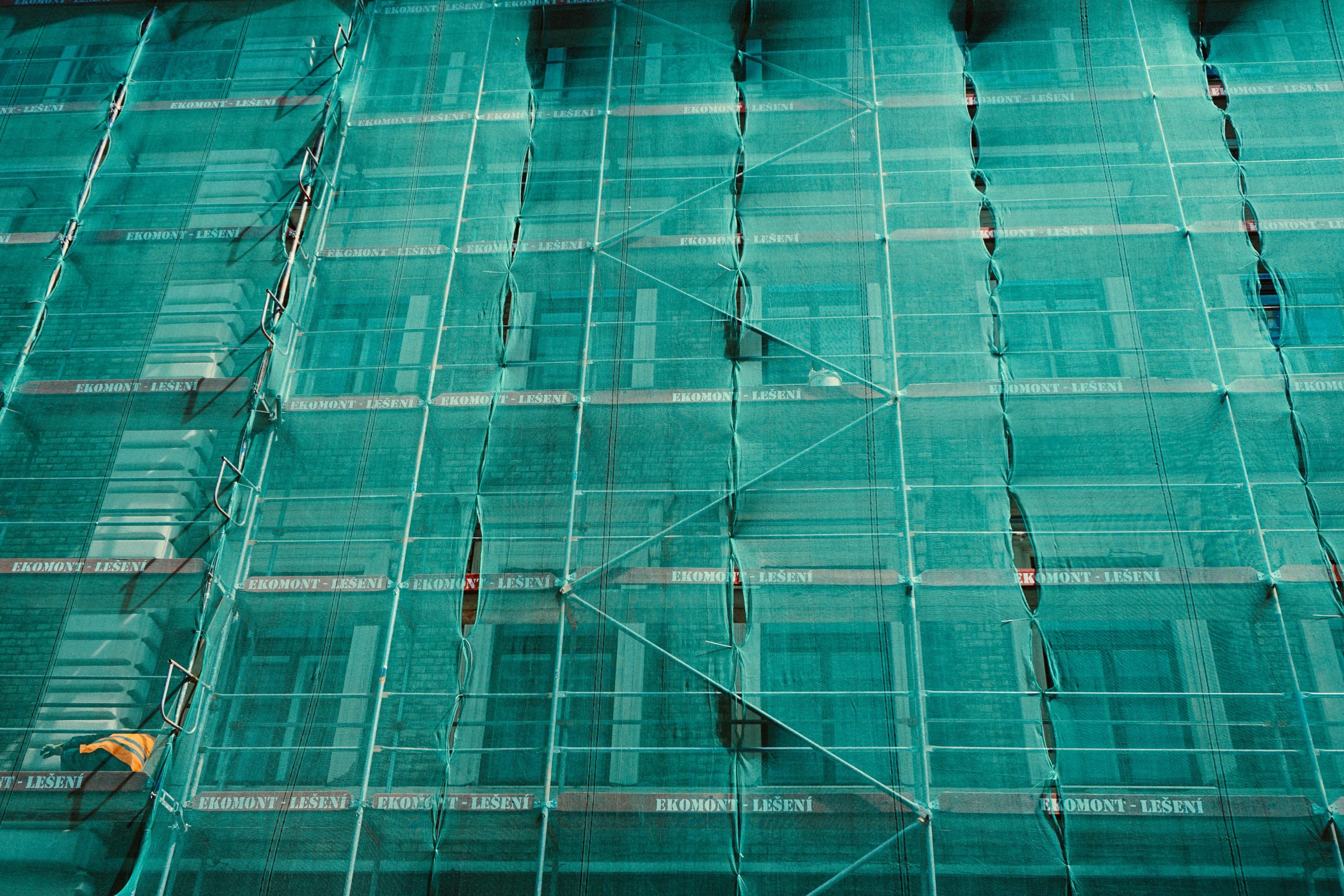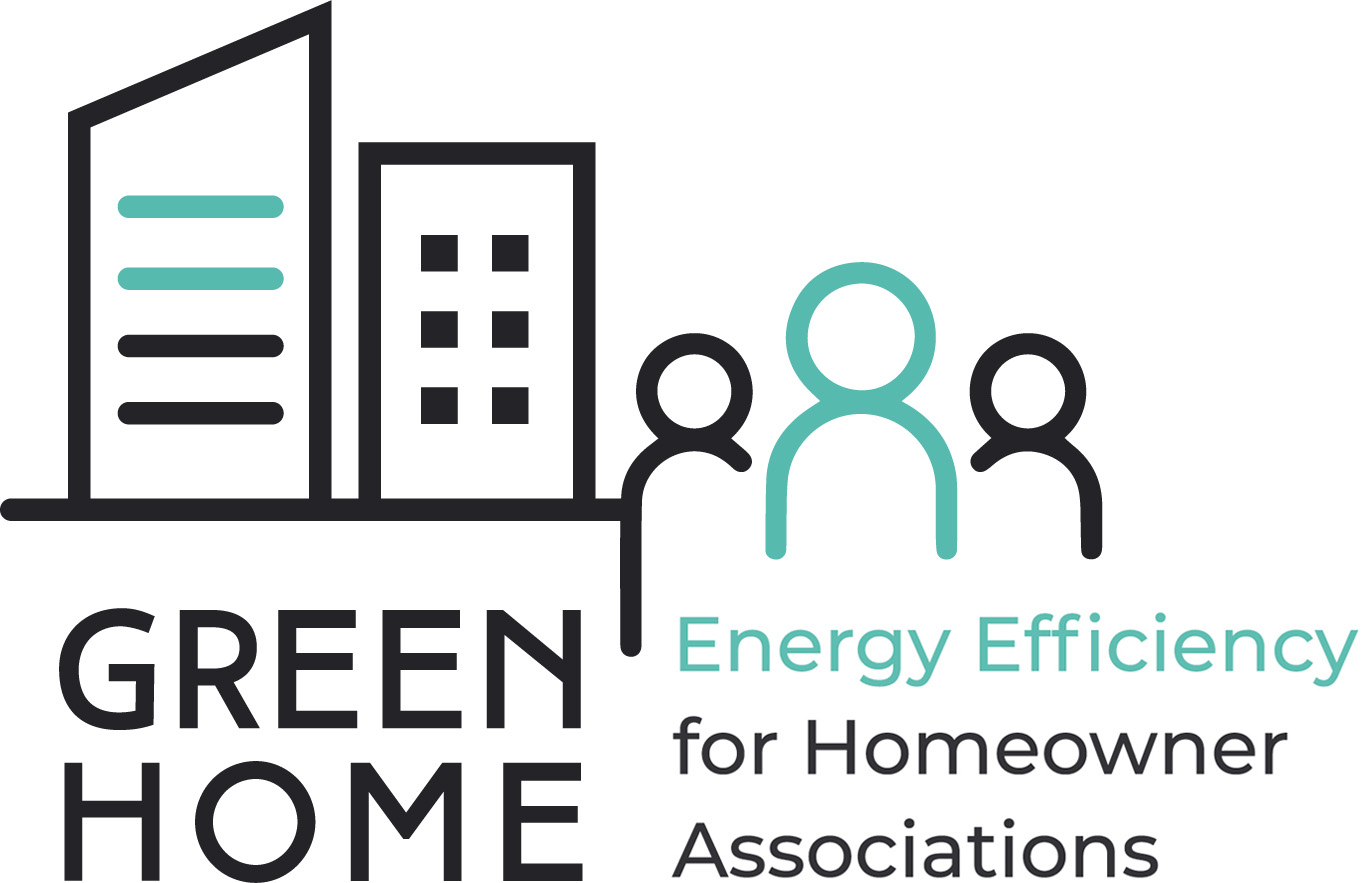
Desolate financial situation in HOAs – reorganization plans of the Federal Government in such a way not feasable
More than 96 percent of property managers believe that homeowner associations (HOAs) are not in a position to carry out comprehensive energy-related renovations. In addition, 87 percent of the administrations estimate that the maintenance reserves are not sufficient to replace older heating systems. Far over 90 per cent of the administrations continue to assume that owners will not be able to carry out clearly higher reserves or to be able to pay so-called special contributions. These are only some results of a flash inquiry of the VDIV Germany with approximately 1,600 real estate administrations on the occasion of the discussions approximately around the energetic reorganization of the housing stock.
The announced amendments to the Building Energy Act (GEG) and the EU Energy Performance of Buildings Directive (EPBD) show: The financial cost of energy-efficiency retrofits in existing buildings will continue to rise. If, for example, the 65 percent EE requirement – i.e., at least 65 percent of heating systems installed from 2024 must be powered by renewable energies – or the EU requirement for energy efficiency class D as the minimum standard for all buildings are to be implemented by 2033, building owners will have to invest and refurbish significantly more than previously assumed.
Flash survey delivers sobering results
In order to find out whether HOA can finance such measures at all, the VDIV Germany conducted a flash survey of around 1,600 companies in March of this year. The result: the vast majority of the property management companies surveyed (96 percent) stated that the reserves in the condominium owners’ associations they looked after were not high enough to be able to comprehensively renovate the residential buildings to make them more energy efficient. 88 percent of the property managers surveyed said they would propose an increase in maintenance reserve payments to the communities in light of future renovation tasks. On average, the increase is expected to be around 59 percent. At the same time, more than 90 percent see a risk that individual owners will not be financially able to pay significantly higher reserves or a corresponding special allocation.
85 percent of the companies surveyed also stated that they did not have enough staff to support and implement energy-related renovation measures. More than 58 percent assume that their company is not sufficiently qualified for this and justify this with the corresponding lack of specialist personnel.
What should be done?
“The results are alarming. In times of rising interest rates and high inflation, the German government’s renovation plans come at an inopportune time. There is a serious risk that homeowners will not be able to raise the financial resources. At the end possibly the distress sale of the long desired property stands , so VDIV Germany managing director Martin Kassler.
“The installation of a new heating system also only makes sense if this is integrated into an overall energy concept for the residential building. An accordingly free of charge available reorganization roadmap, as announced in the coalition agreement 2021, would name the costs to be expected then and contribute to the objectification of the discussion. To date, however, any implementation is lacking.”
“The results clearly show that two adjusting screws need to be turned. Firstly, it is necessary to stretch the implementation periods of the GEG and EPBD. Secondly, existing support programs and subsidies must be significantly increased and new tax depreciation models must be launched. In this respect, it remains to be seen whether the recent announcement of the Federal Government that it really wants to “leave no one in the lurch” in this mammoth task will become reality,” concludes VDIV Managing Director Martin Kaßler.
You can access the results of the survey free of charge here:
Context
Around 10 million homes, about 23 percent of all homes in Germany, are organized in homeowner associations. As early as 1977, Germany gave itself its first legal guidelines for climate protection in existing buildings with the Thermal Insulation Ordinance, which set maximum permissible heat transfer coefficients for exterior building components. Since then, there have been regular updates and new regulations – most recently, due to the Ukraine war and climate crisis, more frequent and at the same time more short-term in their implementation than ever before. These create major challenges for the building stock, about 36 percent of which is unrefurbished, about 51 percent partially refurbished, and only about 4 percent fully refurbished (about 8 percent is new construction). The refurbishment rate has remained virtually unchanged since 2005 at around 1 percent per year, and in WEG even significantly lower.



